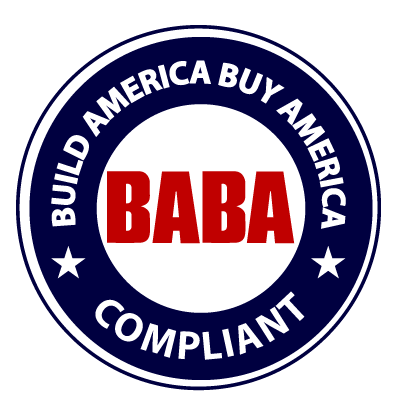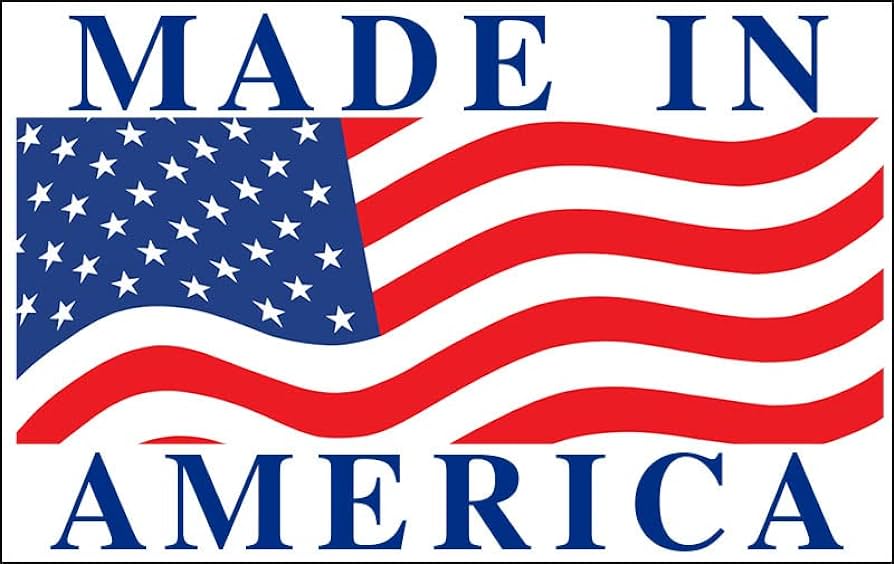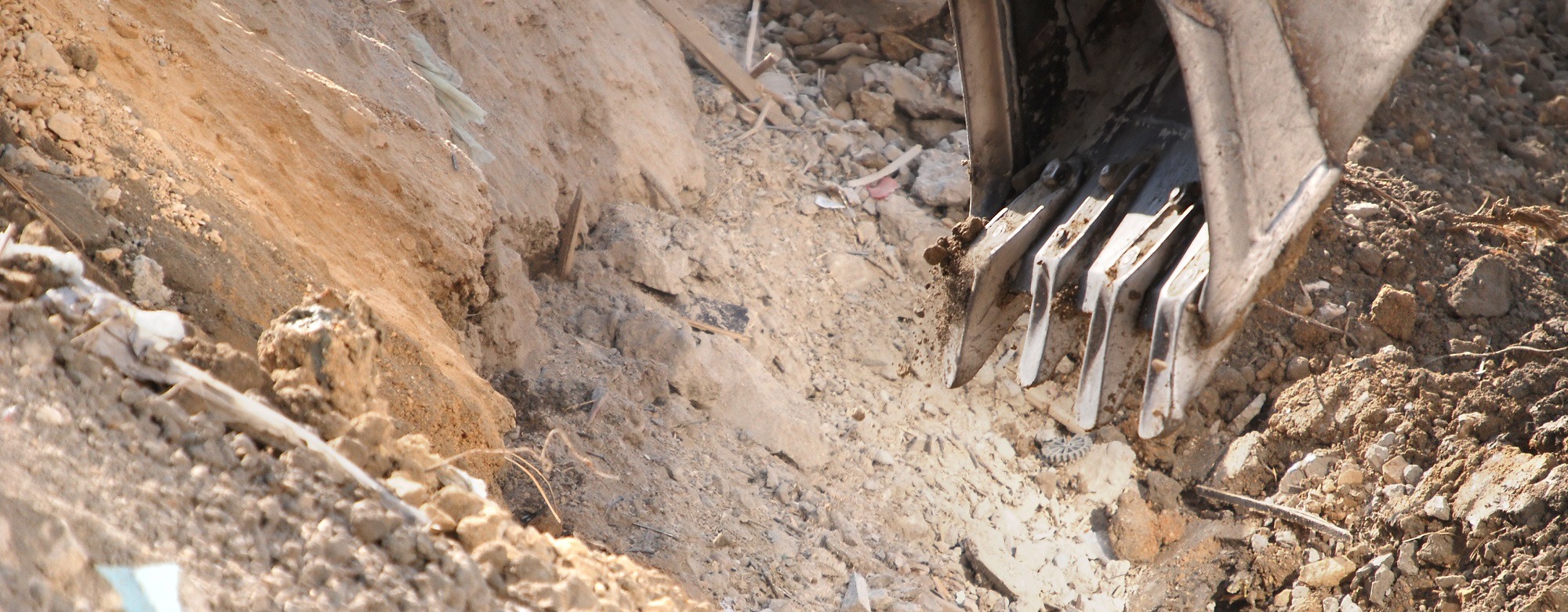Contact Us Today
Mining and Quarry Wastewater Treatment
Mining operations and quarries use water throughout different processes. Wastewater from this industry may contain several contaminants, making effective treatment options crucial.
Applications
Mining operations are often working to gather many materials used for energy or to build technological parts for vehicles and other machinery. Common mining applications include uranium, coal and lithium. No matter what a quarry is mining, the plant must have a National Pollutant Discharge Elimination System permit.
These permits have specific requirements that mines must follow, including treatment for:
- Domestic wastewater from worker encampments and facilities.
- Surface water runoff.
- Water for reuse in landscaping or road dust control.
- Remediation and mitigation of water when closing a mine.
- Wastewater from processing coal and ore.
- Wastewater that is meant to be released as surface water or injected into the ground.
Contaminants
Some of the most common contaminants found in wastewater produced by mining operations include:
- Silt
- Clay particles
- Mineral contaminants
- Suspended solids
- Organic compounds
- Iron
- Grit
- Heavy metals
- Petroleum
- Metals
- Phenols
- Acidic materials
- Arsenic
- Sulfates
- Manganese
When these contaminants enter into wastewater, the water is known as “mining-influenced water,” meaning it’s chemically affected by mining or mineral processing.
Processes
Many processes throughout the mining industry require water, which creates wastewater that needs to be treated. Some of these processes include:
- The washing and processing of sand or aggregates
- Mineral processing for recovering metals from ore
Regardless of where the water comes from, it must be appropriately treated for potential contaminants before reuse or release into the environment.
Best Mining and Quarry Wastewater Systems
Mining and quarry operations pose many potential challenges to wastewater treatment, such as acid runoff or wastewater with high saline amounts. It could also contaminate groundwater or toxify aquifers, among several other issues.
There are numerous ways to treat wastewater from mining operations and quarries. Filtration technology removes clumps of contaminants that pose issues from the wastewater. SSI Aeration, Inc. provides several technologies for different parts of the treatment process, including:
- Moving bed biofilm reactor (MBBR): MBBR wastewater treatment systems use microorganisms to help clean contaminants from the water. MBBR systems consume less energy, reduce operating costs and are easy to control.
- PTFE membranes: SSI Aeration, Inc. has a multilayer PTFE membrane suitable for many industries. It is made with an EPDM substrate and a PTFE surface layer to maximize cost-efficiency and quality.
- Tertiary systems: Mining operations that intend to reuse water can invest in tertiary treatment options. Tertiary systems help clean the water more than primary and secondary systems, making the water safe for reuse throughout a facility or when discharged into aquatic ecosystems.
Choose SSI Aeration, Inc.
Quarries produce wastewater with many chemicals that can harm the environment or make it difficult to reuse the water safely. SSI Aeration, Inc. offers several solutions designed to improve the wastewater treatment process. No matter what type of treatment system mining operations requirements, the expert team can help industry professionals find the right products.
Contact SSI Aeration, Inc. online or call 845-454-8171 to get started!
Contact Us
Advantages and Disadvantages of MBBR Wastewater Treatment
Table Of Contents WHAT IS MBBR WASTEWATER TREATMENT? HOW DOES MBBR WASTEWATER TREATMENT WORK? ADVANTAGES OF MBBR WASTEWATER TREATMENT DISADVANTAGES OF MBBR WASTEWATER TREATMENT INDUSTRIES THAT WOULD BENEFIT […]
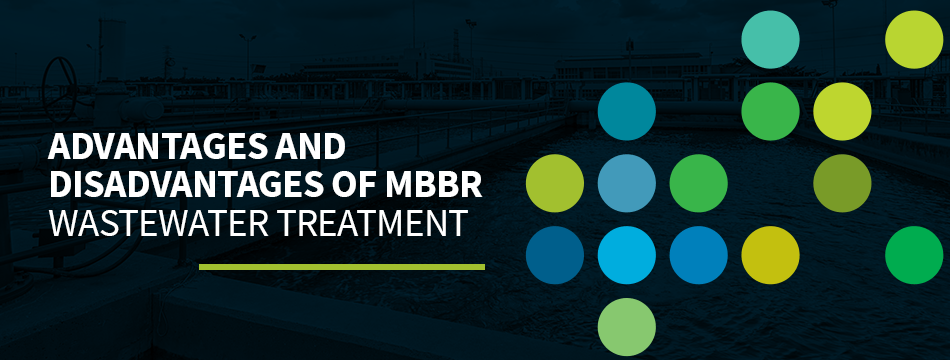
EPDM vs. PTFE Membranes
Table Of Contents What Are EPDM Membranes? What Are PTFE Membranes? Choosing the Right Membranes for Your Application Contact SSI Aeration for World-Class EPDM and PTFE Membranes Many wastewater […]
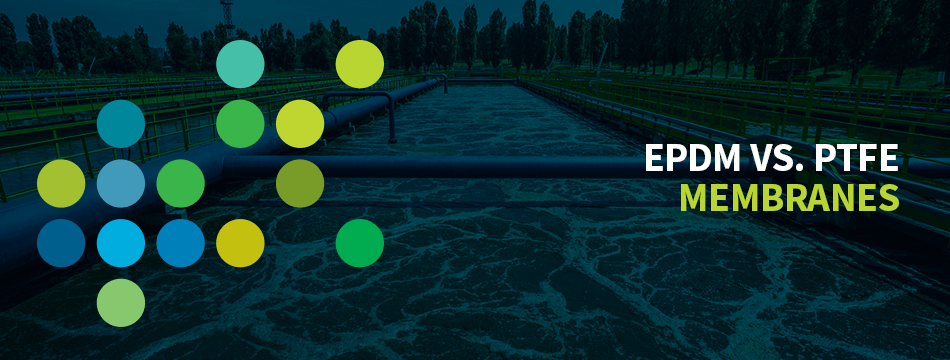
A Comparison Of 5 Wastewater Aeration Systems & Processes
Table Of Contents WHAT IS ASP AERATION? HOW DOES ASP WORK? PROS AND CONS OF ASP WHAT IS SBR AERATION? HOW DOES SBR WORK? PROS AND CONS OF […]

Disc Diffusers vs. Tube Diffusers
Table Of Contents WHAT IS THE DIFFERENCE BETWEEN DISC DIFFUSERS AND TUBE DIFFUSERS? Pros of Disc Diffusers Cons of Disc Diffusers Pros of Tube Diffusers Cons of Tube Diffusers […]


